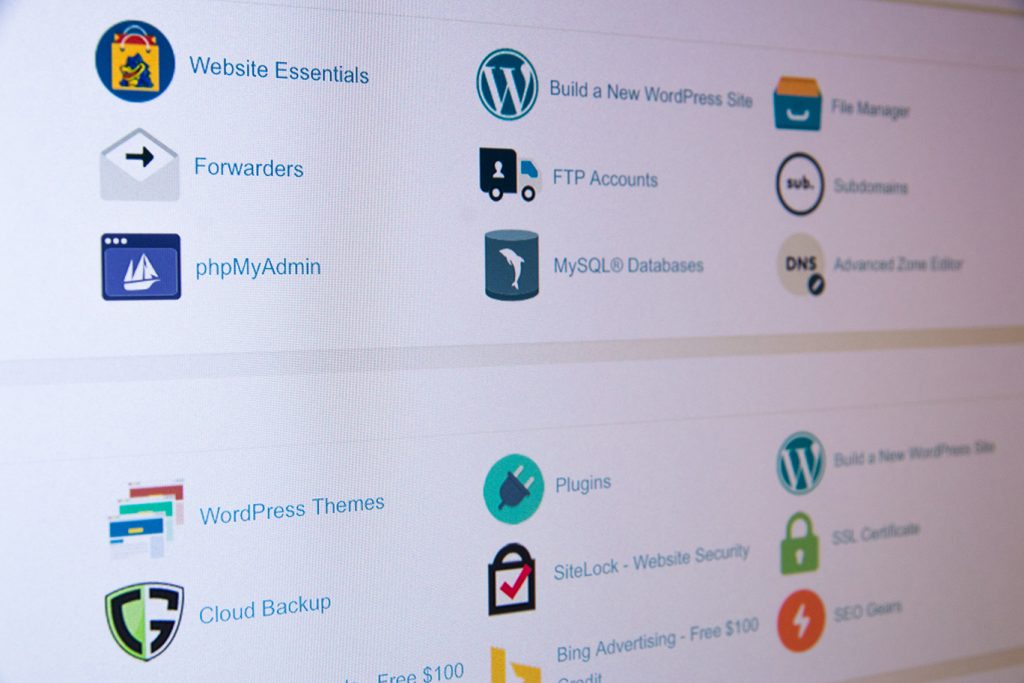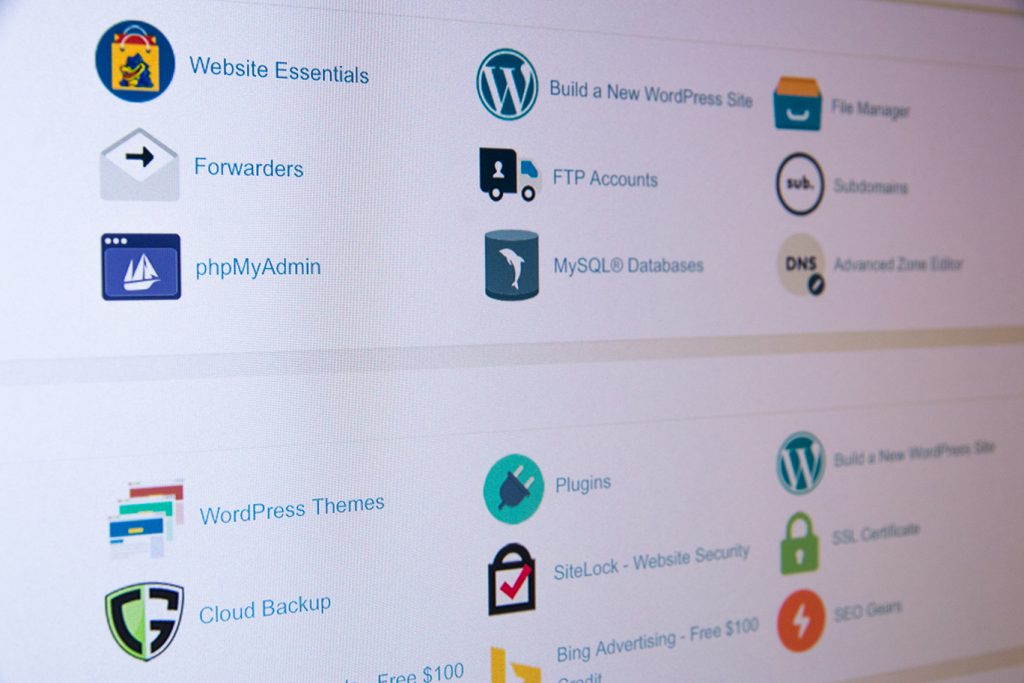A big debate hit the design world some years back, and it still appears to be quite popular today when doing a quick search on the subject. While most designers have put their face forward into the world of CSS for their designs, there are still a number of designers and individuals reliant on the HTML table format for website layouts. In choosing sides, we have prepared a post with some reasons why the CSS design technique is typically preferred these days over the traditional table based one.
CSS Benefits Over Tables
CSS stands for Cascading Style Sheet and is a way to create the overall design and layout of a website. It stores the majority of the code in an external style sheet, keeping your pages’ markup language to a minimum.
Faster Load Times – Since there is usually less code on the pages of your website, load times are greatly enhanced. Also, since the style sheet is generally cached the first time the website is loaded, consecutive page loads will happen at a much more rapid rate as opposed to the table layouts, which have to be reloaded for each page. Even though this extra bit of slowness may seem trivial, it could actually mean the difference between someone sticking around for the content, or not.
Decreased Bandwidth Use – Because the .css file is only downloaded once and cached, using CSS can help you use less server bandwidth. If the HTML markup for each page on a 100+ page website had to be reloaded by web visitors, it could potentially cause you to need a larger package of web hosting, thus costing you more money.
Easier Maintenance – With CSS, the majority of the site’s design is laid out in the stylesheet. Therefore, instead of updating heaps of pages to change the size of a content box, for example, you only have to update one line of code (potentially) in the CSS style sheet. CSS creates a means for easy website upgrades or overhauls, and it also helps create a better environment for websites maintained by multiple users.
Website Consistency – As with easier maintenance, the ability to control the design aspects of every page in your website from one location allows for better website consistency. Imagine needing to update the size of a new logo image on every single page of your site individually. The task at hand, repeated over and over, can be a cause for human error, leading to pages that might be a little “off” or overlooked.
Increased Design Possibilities – Tables provide for very modular layouts which can be limiting (and boring!) in the design aspect. CSS, however, allows for complex image placements to create a truly inspirational design that’s not stuck in a box format. The most creative individuals can do more with CSS, and you can benefit more from its visually appealing features.
Meets Web Standards – If a website is being built in a table layout, there may be many deprecated tags being used, according to W3C standards. In the future, deprecated tags will not be released in versions of HTML and XHTML and could cause viewing issues. CSS, on the other hand, will help a website meet current web standards.
While we still feel that tables are best used to present tabular data within a website, we still have to side quite firmly with CSS being the website design method of the future. If you care about your website’s speed, consistency, cost or maintenance capabilities, you will most likely be running to our side, too. And, who can blame you? The health and well-being of your website is of utmost importance these days.






